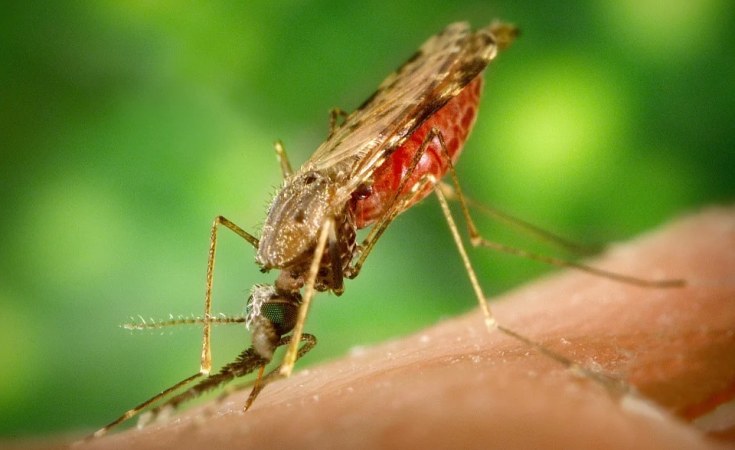
A recipe for so-called fluffy popcorn that is circulating on TikTok is actually a recipe for disaster. The fad comes from a TikTok user who suggests using raw cake mix to flavor popcorn. Raw cake mix contains raw flour, which has been the source of at least 168 confirmed cases of E.
coli infections and 20 hospitalizations in recent years, according to the Food and Drug Administration. Raw flour can be contaminated with other pathogens, including Salmonella. It must be cooked to a temperature of 160 degrees F to kill such pathogens.
The recipe for “fluffy popcorn,” circulating as a sweet treat for Halloween, includes a box of funfetti cake mix. The trending recipe starts with melting butter and marshmallows in a saucepan over low heat, then adding a box of cake mix and a few cups of popcorn and mixing it all together. It’s then removed from heat and allegedly ready to eat.
While it may seem that the flour in the recipe is being cooked, most consumers don’t realize that flour must be heated to 160 degrees F to be safe for consumption. Findings from an FDA study indicated that “about one-third of consumers reported having consumed uncooked flour in the previous year,” and “most U.S.
consumers do not consider uncooked flour as risky to consume.” Consumers are generally aware of the risks of eating raw eggs found in cookie dough and other recipes, but many may not know that raw flour is an additional food safety culprit. About one-third of the respondents believed that homemade cookie dough is risky to consume, likely a consequence of about half of the respondents believing that raw eggs are very risky to consume, rather than an indication of the risk perceptions related to raw flour, according to the FDA.
Patients infected with E. coli infections can exhibit food poisoning symptoms including diarrhea, stomach pain, nausea, and vomiting. Some infections may become much more serious.
The Centers for Disease Control and Prevention warn that some cases of E. coli lead to hemolytic uremic syndrome (HUS), which can result in kidney failure, chronic health problems, and even death. [7] Salmonella infections cause symptoms including diarrhea, fever, and cramps.
Severe cases can require hospitalization. (To sign up for a free subscription to Food Safety News, click here).














